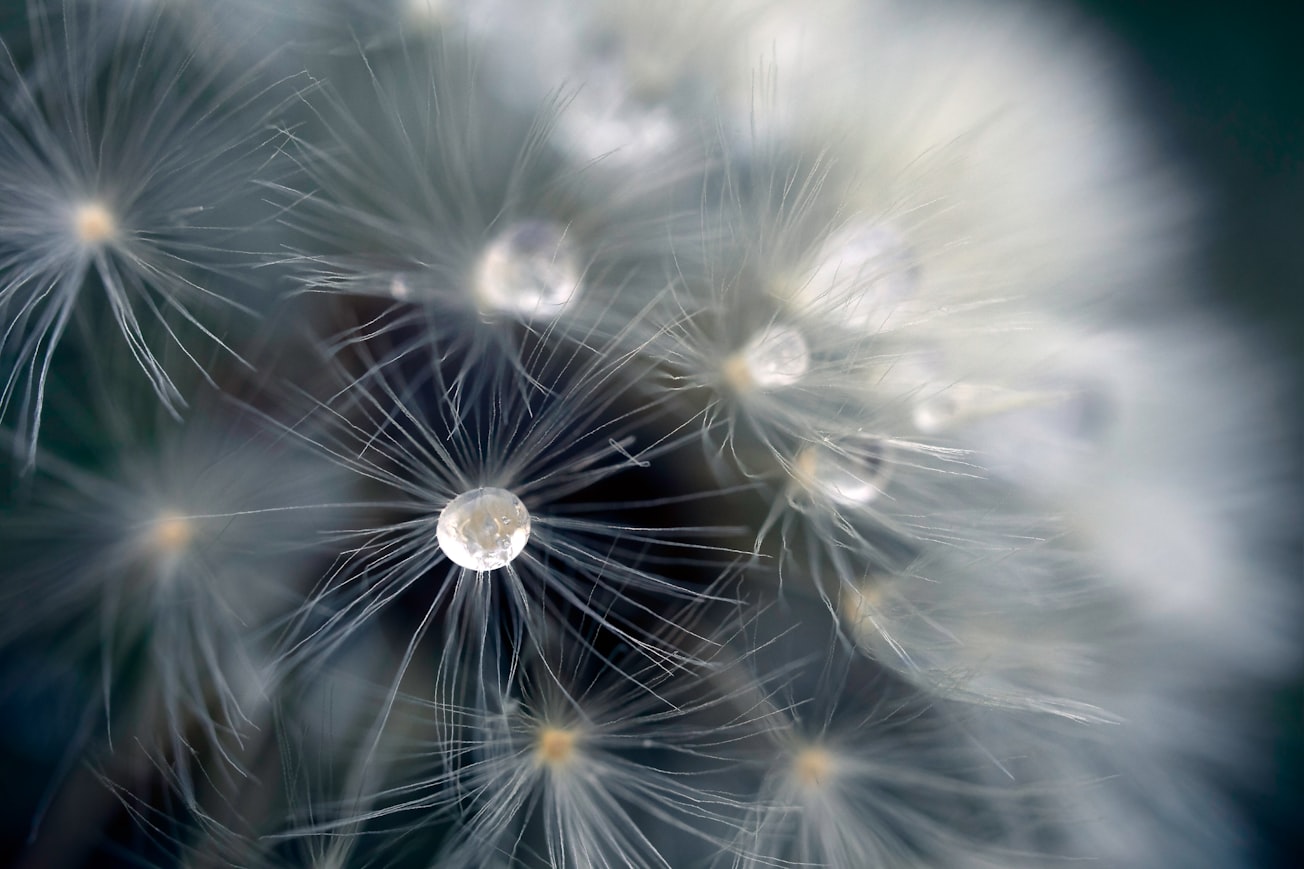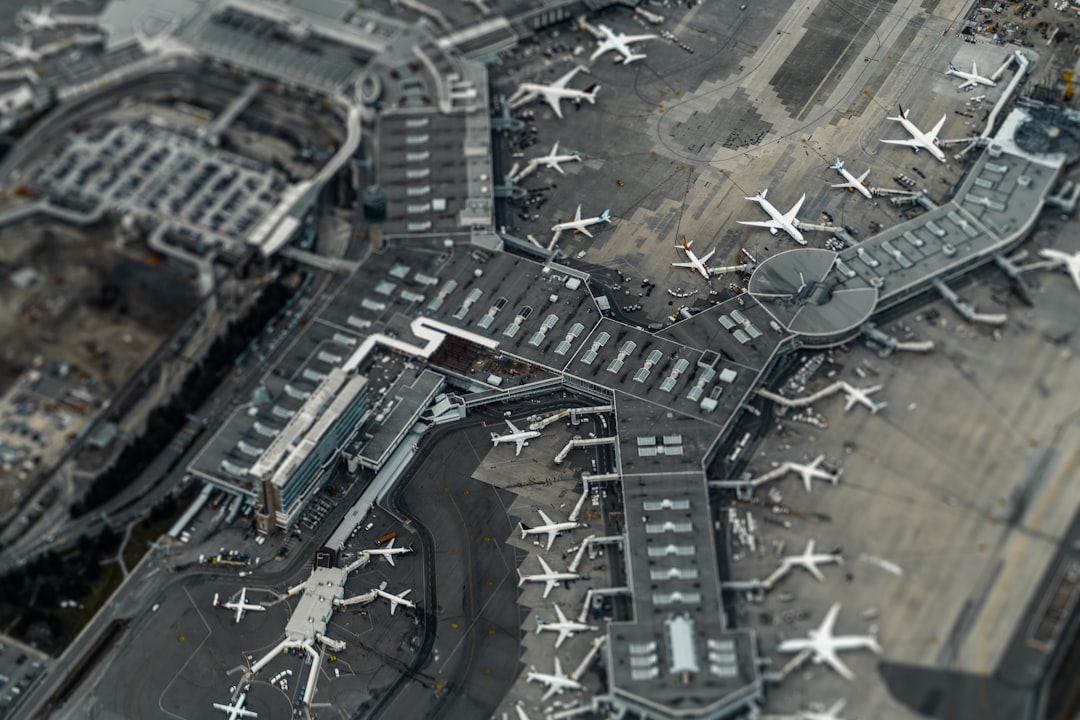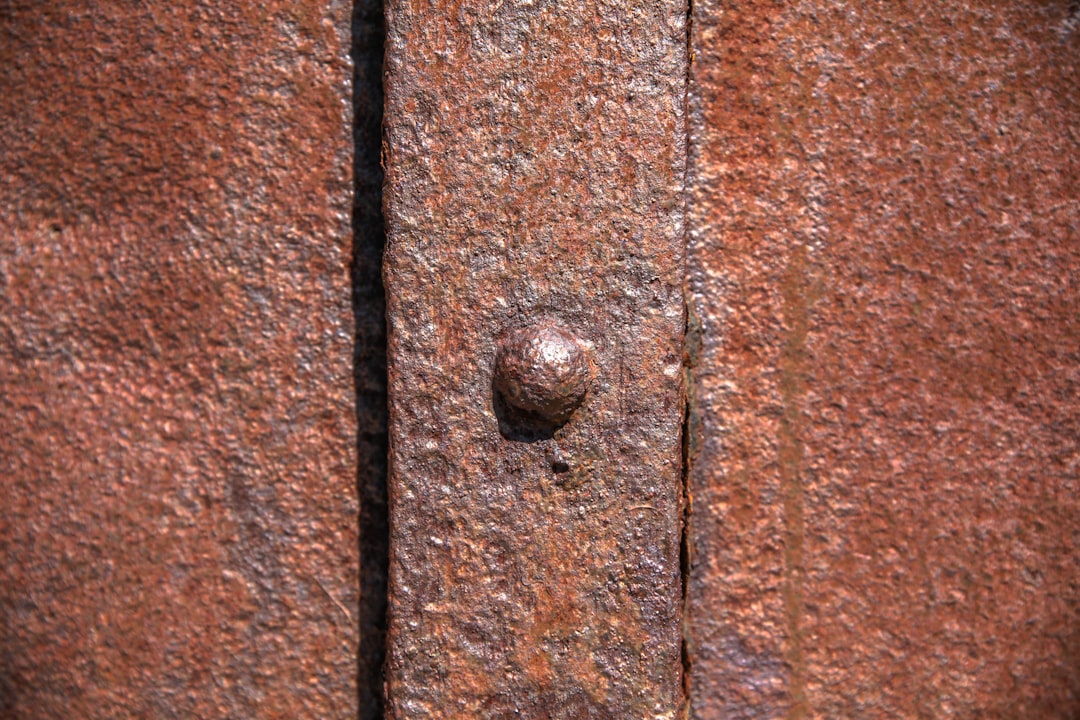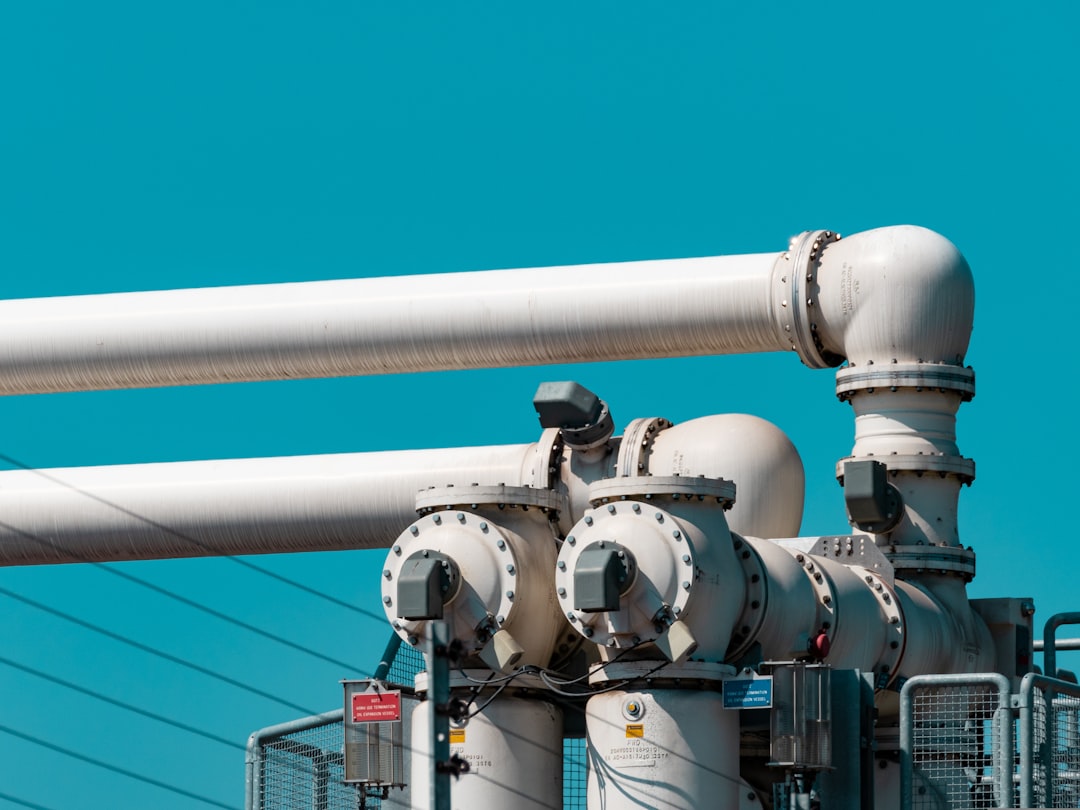What is it about?
Three filter paper test procedures (the initially wet contact, initially dry contact, and noncontact filter paper tests) were used for different testing durations to measure total and matric suction (water potentials) of geosynthetic clay liners (GCLs). These methods are discussed in terms of (i) their time and method dependencies, (ii) accuracy limits for total and matric suction measurements, (iii) applicability to a composite and complex material such as GCL and (iv) if the suction type that measured is the same as the suction type intended to be measured (i.e. matric or total suction).
Featured Image

Photo by Dustin Humes on Unsplash
Why is it important?
Obtaining accurate water retention curves (WRCs) of geosynthetic clay liners (GCLs) is essential to assess their hydraulic barrier performance. The filter paper test (FPT) is accepted as a simple method to measure matric and total suction to obtain WRCs. However, special considerations are needed when the FPT is employed to measure a composite material with a high water potential range component such as bentonite. The applicable suction limits, testing time and the wetting-drying hysteresis impact of the different FPT procedures on different WRC paths (i.e. wetting or drying) of the specimens need to be considered.
Perspectives
This study showed me how complex the mechanisms behind a simple test method are when applied to a complex material such as GCLs. GCLs are composite materials having components with fundamentally different wetting behaviour (such as hydrophobic and hydrophilic). Again, due to these components, GCLs have a tri-modal pore structure. In addition, due to the bentonite content, GCLs have high water potentials. The highlights from the study: 1- The initially wet contact and initially dry "contact" FPTs were more reliable in measuring matric and "total" suction, respectively. 2- Wetting-drying hysteresis was observed in the initially dry contact and noncontact FPTs. The hysteresis was significantly higher in the noncontact FPT. 3- The FPT method allows GCL suction measurements without impacting the integrity of the GCLs. 4- Suction measurements on a granular bentonite-based GCL showed higher time-dependency than powdered bentonite-based GCLs. 5- (for the specific GCLs and conditions tested) The woven and nonwoven scrim-reinforced geotextile structure caused pronounced capillary break effects on the hydratable surface of GCL. In contrast, the woven geotextile structure has a minimal impact.
Asli Acikel
Kadir Has Universitesi
Read the Original
This page is a summary of: Challenges of the Filter Paper Suction Measurements in Geosynthetic Clay Liners: Effects of Method, Time, Capillarity, and Hysteresis, Geotechnical Testing Journal, December 2021, ASTM International,
DOI: 10.1520/gtj20200168.
You can read the full text:
Contributors
The following have contributed to this page










